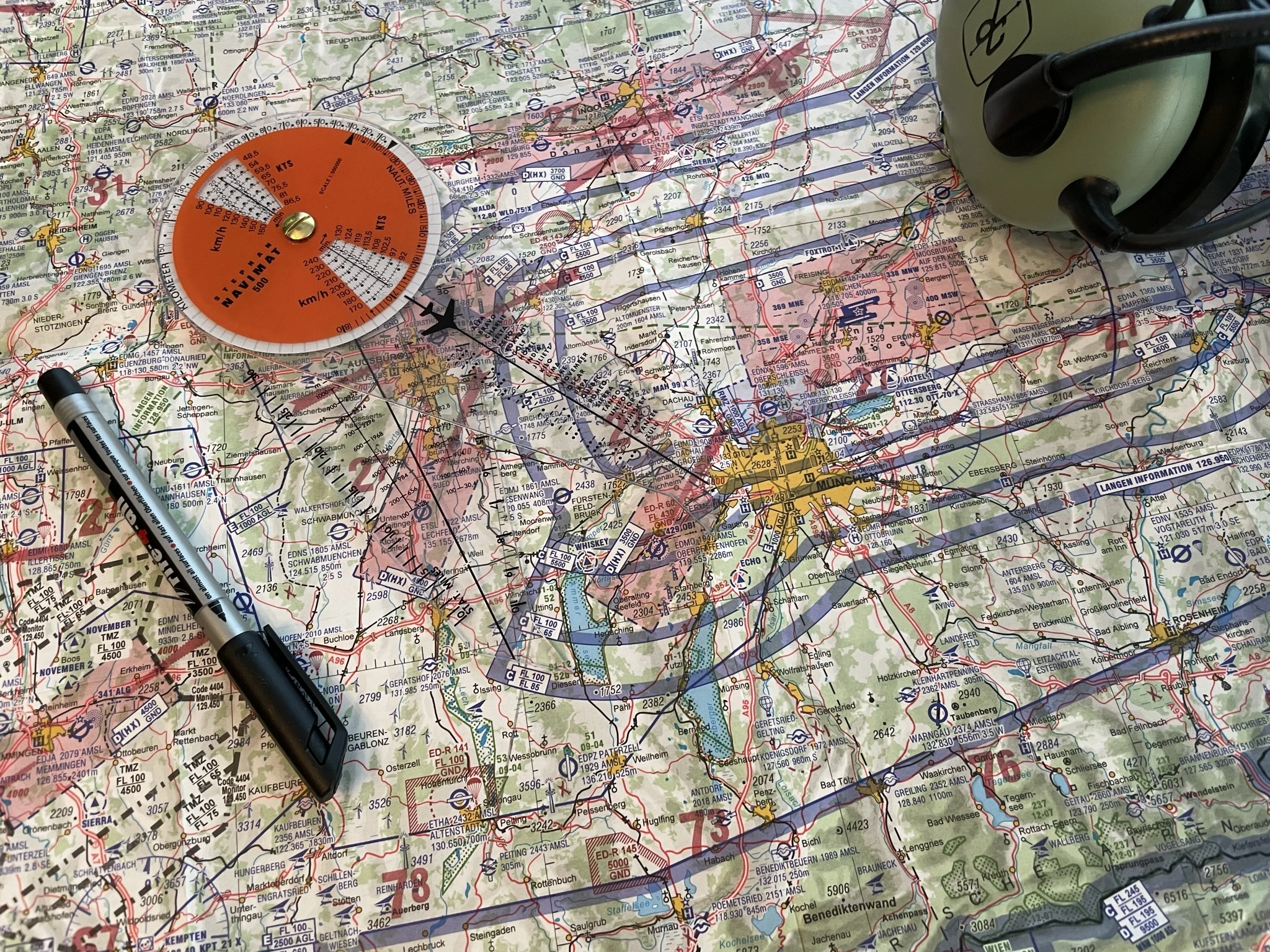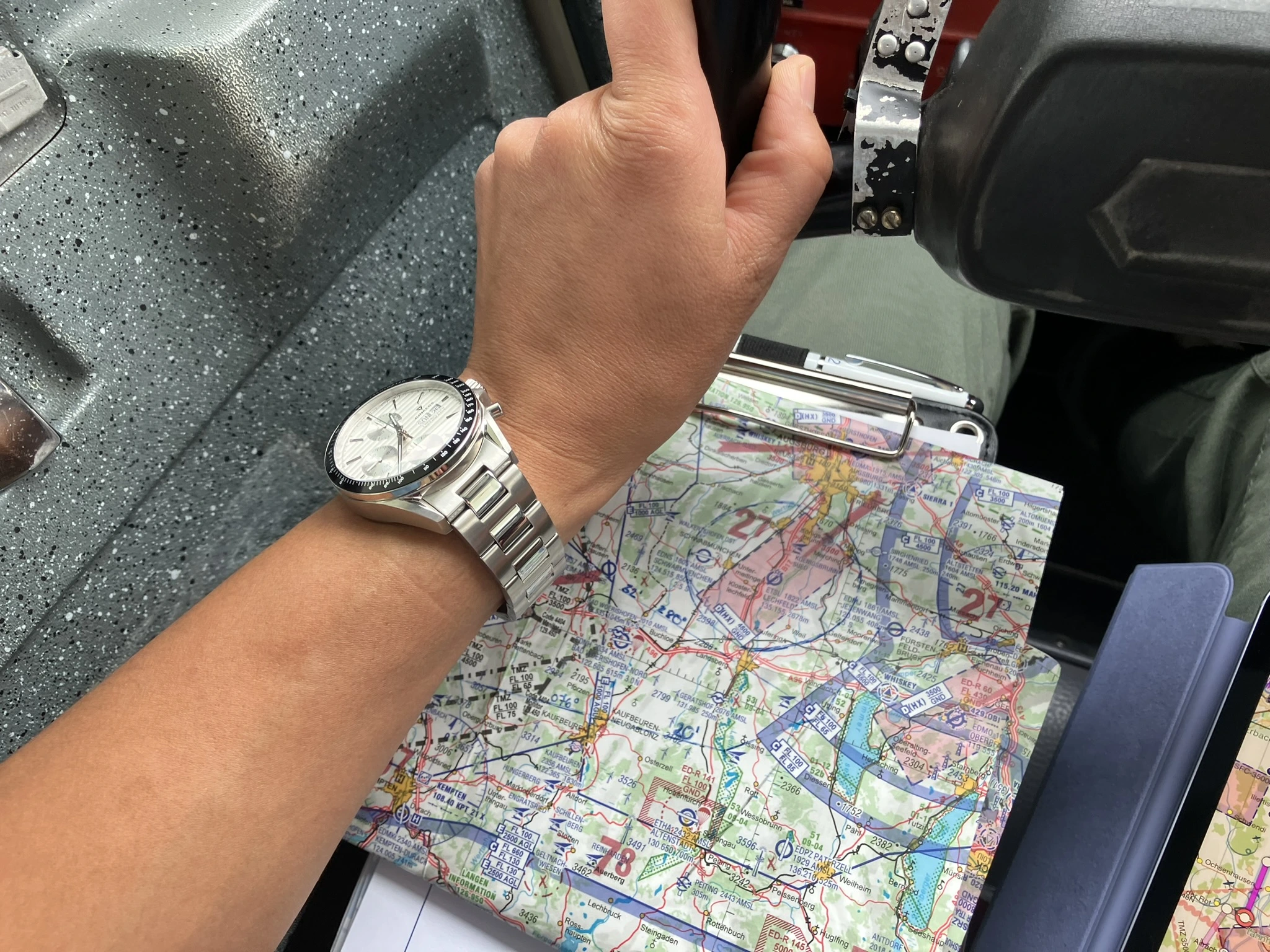Junkers JUMO Tachymeter
Junkers JUMO silver-coloured dial
Automatic chronograph 42 mm silver-coloured dial in corrugated metal look Metal bracelet Tachymeter bezel no. 9.21.01.04.M
Junkers JUMO Limited Edition
The abbreviation JUMO stands for Junkers Motor. This watch series pays homage with design highlights to this research and business field with which Hugo Junkers successfully built up his existence.
Strictly limited to 1000 pieces
Junkers JUMO blue dial
Automatic chronograph 42 mm blue dial in corrugated metal look Metal bracelet Tachymeter bezel No. 9.21.01.01.M








